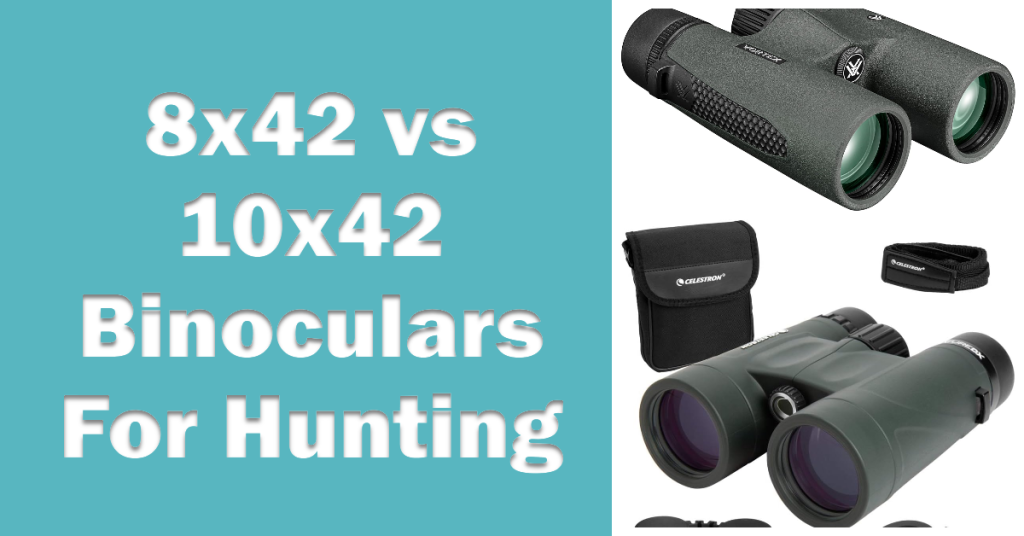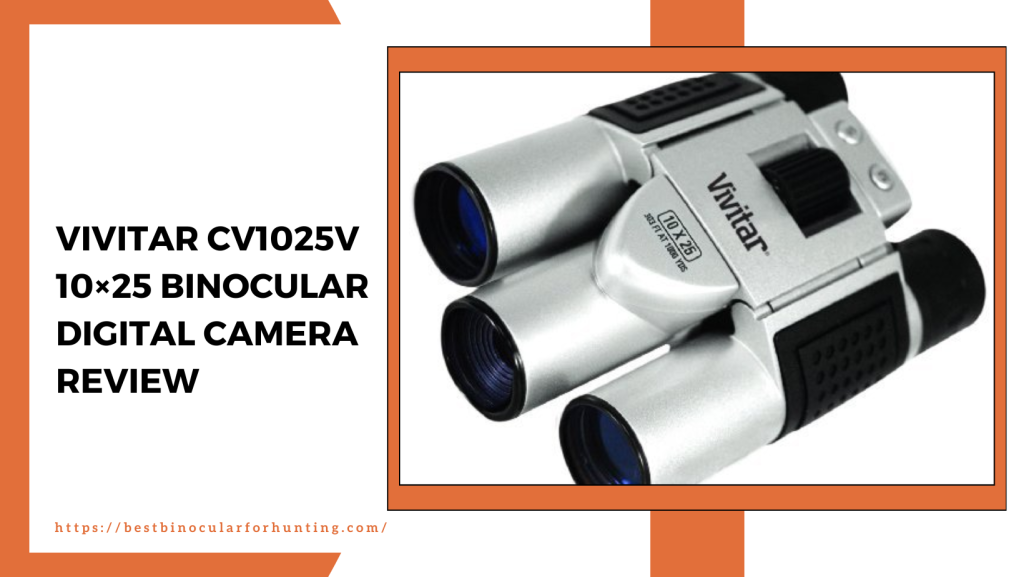Introduction
As an avid hunter and outdoor enthusiast, I understand the importance of having the right gear to enhance my experiences in the field. One piece of equipment that has always been crucial for me is a reliable pair of binoculars. Over the years, I’ve tried various models and magnifications, but two configurations have consistently stood out: the 8×42 and the 10×42.
In this personal review, I’ll share my firsthand experiences with both types of binoculars, highlighting their strengths, weaknesses, and suitability for different hunting scenarios. By the end of this article, you’ll have a better understanding of which option might be the best fit for your specific needs.
Understanding Binocular Magnification
Before we dive into the specifics, let’s quickly review what the numbers in binocular magnification represent. The first number (8 or 10 in our case) indicates the level of magnification. So, an 8×42 binocular would magnify an object eight times its actual size, while a 10×42 would magnify it ten times.
The second number (42) refers to the diameter of the objective lens (the lens farthest from your eye) in millimeters. A larger objective lens generally allows more light to enter the binoculars, resulting in brighter and sharper images, especially in low-light conditions.
8×42 Binoculars: The Perfect Balance
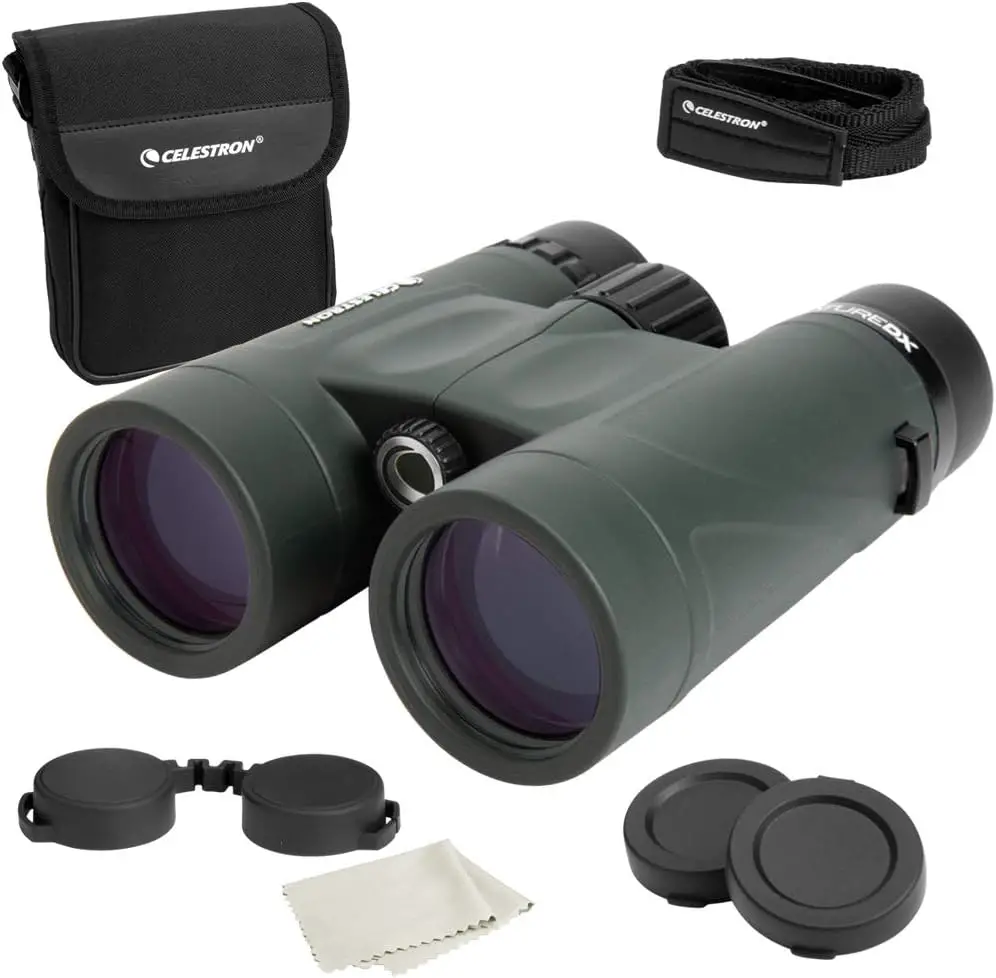
As an avid hunter, I’ve always appreciated the versatility and user-friendliness of 8×42 binoculars. Here are some of the key advantages I’ve found with this configuration:
- Wide Field of View: One of the standout features of 8×42 binoculars is their wider field of view compared to higher magnification models. This makes it easier to locate and track moving targets, which is essential for hunting situations where subjects may be on the move.
- Stability and Ease of Use: With a lower magnification, 8×42 binoculars are generally more stable and easier to hold steady, even without the aid of a tripod or monopod. This can be particularly helpful when glassing for extended periods or when stability is crucial, such as when hunting from a treestand or blind.
- Optimal Light Transmission: The combination of 8x magnification and a 42mm objective lens provides an excellent balance of light transmission and overall brightness. This makes 8×42 binoculars well-suited for various lighting conditions, from early morning and late evening hunts to overcast or heavily wooded environments.
- Versatility: I’ve found that 8×42 binoculars strike a wonderful middle ground between magnification and portability. They offer enough magnification for most hunting scenarios while remaining lightweight and compact, making them easy to carry in the field.
10×42 Binoculars: Magnified Precision
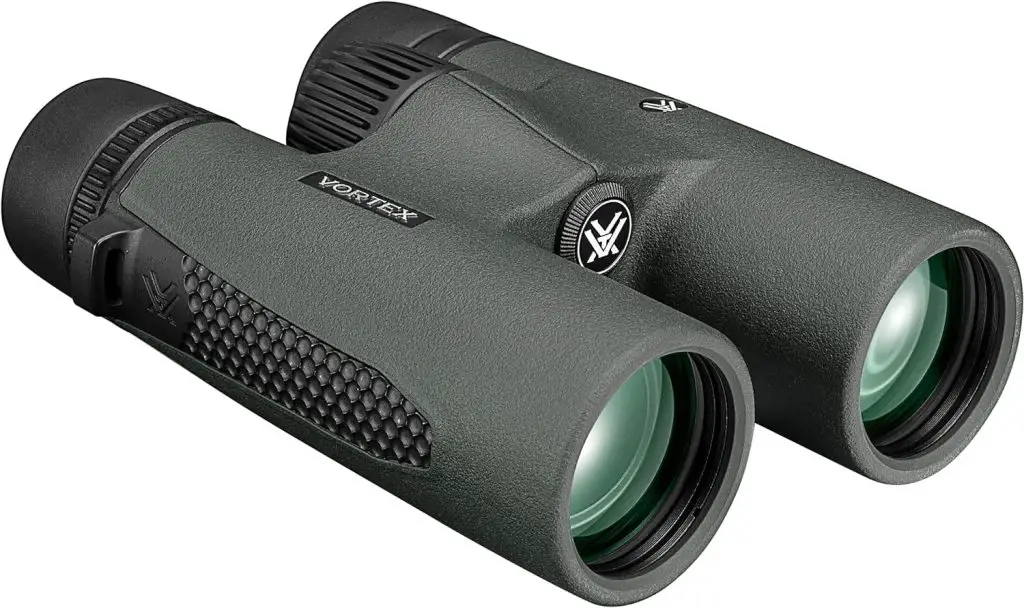
While 8×42 binoculars excel in versatility and ease of use, there are situations where the extra magnification of 10×42 binoculars can be advantageous. Here are some key benefits I’ve experienced with this configuration:
- Detailed Observation: The higher magnification of 10×42 binoculars allows for more detailed observation of distant subjects. This can be particularly useful when hunting in open terrain or when trying to identify specific features of animals or their behavior from a distance.
- Longer-Range Hunting: If you frequently hunt in wide-open spaces or at longer ranges, the extra magnification of 10×42 binoculars can provide a distinct advantage. With more precise magnification, you can better identify and evaluate targets at extended distances, which can be crucial for responsible and ethical shooting.
- Low-Light Performance: Like their 8×42 counterparts, the 42mm objective lens on 10×42 binoculars allows for excellent light transmission and brightness. This can help maintain a clear image in low-light conditions, such as during early morning or late evening hunts.
- Tripod Compatibility: While 10×42 binoculars can be handheld, their higher magnification can also make them more prone to shakiness. Using a tripod or monopod with 10×42 binoculars can help overcome this issue, providing a stable platform for extended glassing sessions.
Table: 8×42 vs 10×42 Binoculars – A Comparison
| Feature | 8×42 Binoculars | 10×42 Binoculars |
|---|---|---|
| Field of View | Wider field of view, better for tracking moving subjects | Narrower field of view, more suitable for detailed observation of stationary targets |
| Stability | Lower magnification makes handheld use more stable | Higher magnification can benefit from tripod or monopod support |
| Light Transmission | Excellent balance of light transmission and brightness | Excellent light transmission and brightness, suitable for low-light conditions |
| Portability | Lightweight and compact, easy to carry in the field | Slightly heavier and bulkier, but still relatively portable |
| Ideal Hunting Range | Suitable for most hunting scenarios within moderate distances | Best suited for longer-range hunting in open terrain |
Choosing the Right Binoculars for Your Needs
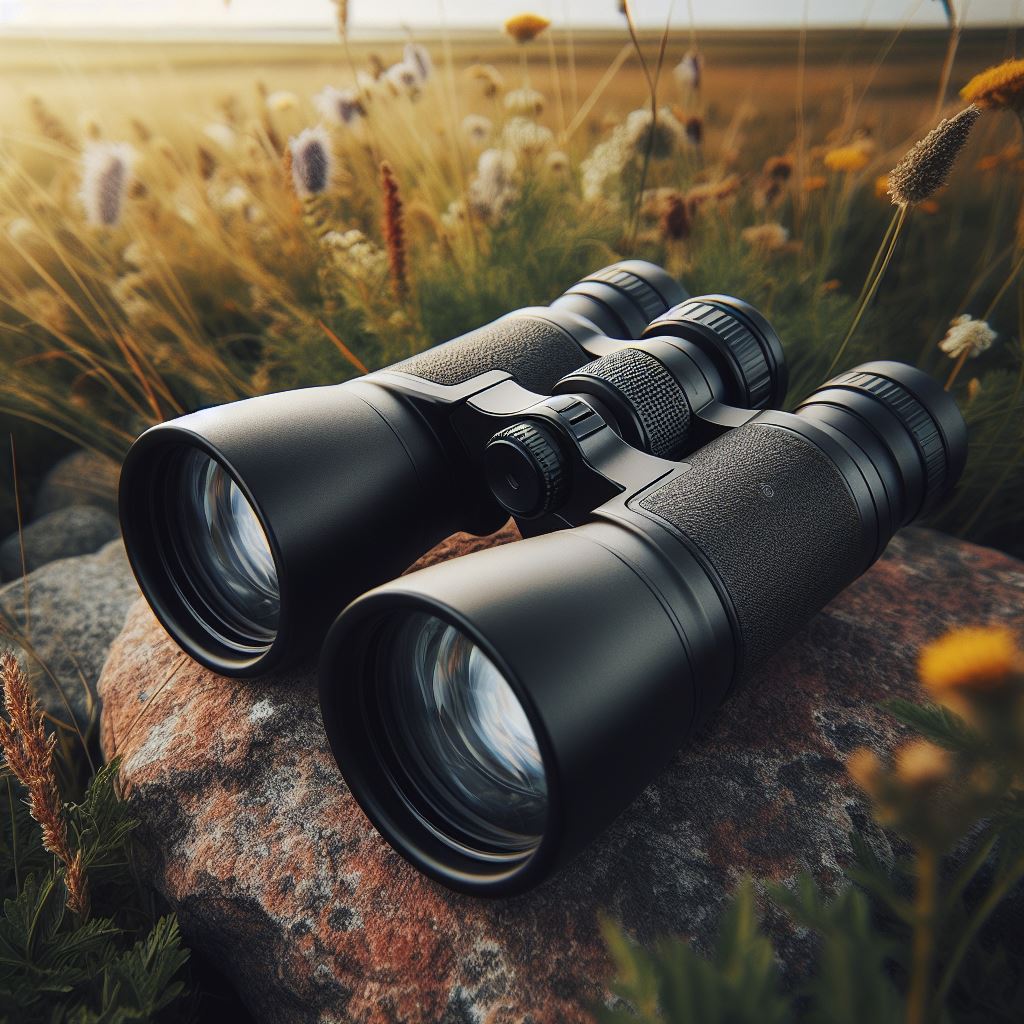
When deciding between 8×42 and 10×42 binoculars, it’s essential to consider your specific hunting needs and preferences. Here are some general guidelines to help you make an informed choice:
- Hunting Environment: If you primarily hunt in dense woods, thick brush, or heavily vegetated areas, the wider field of view and stability of 8×42 binoculars may be more advantageous. However, if you frequently hunt in open terrain or at longer ranges, the extra magnification of 10×42 binoculars could provide a distinct advantage.
- Target Species and Behavior: Consider the typical behavior of the animals you hunt. If they tend to be more stationary or engage in slow, deliberate movements, the higher magnification of 10×42 binoculars might be preferable for detailed observation. However, if your target species are more mobile or prone to sudden movements, the wider field of view of 8×42 binoculars may be better suited for tracking them.
- Hunting Style: If you spend a significant amount of time glassing from a relatively stationary position, such as a treestand or blind, the extra magnification and tripod compatibility of 10×42 binoculars could be advantageous. However, if you frequently hunt on the move, covering a lot of ground, the portability and stability of 8×42 binoculars might be a better fit.
- Personal Preference: Ultimately, personal preference and comfort should also play a role in your decision. If you find that one magnification level causes eye strain or discomfort, it’s best to choose the option that feels more natural and enjoyable to use.
FAQs
Q: Can I use 10×42 binoculars effectively without a tripod or monopod?
A: Yes, it’s possible to use 10×42 binoculars handheld, but the higher magnification can make them more prone to shakiness, especially during extended glassing sessions. Using a tripod or monopod can help overcome this issue and provide a more stable platform for detailed observation.
Q: Are there any downsides to using 8×42 binoculars for longer-range hunting?
A: While 8×42 binoculars can be used for longer-range hunting, their lower magnification may make it more challenging to identify fine details or specific features of distant targets. In these situations, the higher magnification of 10×42 binoculars can provide a distinct advantage for more precise observation.
Q: Can I use both 8×42 and 10×42 binoculars for different hunting scenarios?
A: Absolutely! Many hunters choose to have both 8×42 and 10×42 binoculars in their gear arsenal. This allows them to select the most appropriate option based on the specific hunting environment, target species, and personal preferences for each outing.
Q: Are there any differences in weight or size between 8×42 and 10×42 binoculars that I should consider?
A: Generally, 10×42 binoculars are slightly heavier and bulkier than their 8×42 counterparts due to the additional magnification. However, modern binocular designs have become increasingly compact and lightweight, so the differences in size and weight are often minimal. It’s still a good idea to handle and compare different models to find the most comfortable option for your preferences.
Q: Can I use binoculars with different magnifications for hunting, such as 8×32 or 12×50?
A: Absolutely! The 8×42 and 10×42 configurations are popular choices, but there are many other magnification and objective lens size combinations available. The key is to evaluate your specific needs and choose binoculars that provide the right balance of magnification, field of view, light transmission, and portability for your hunting style and environment.
Conclusion
In the world of hunting binoculars, the choice between 8×42 and 10×42 magnifications ultimately comes down to personal preference and hunting requirements. Both options have their unique strengths and suitabilities.
The 8×42 configuration offers a delightful balance of portability, stability, and a wide field of view, making it an excellent all-around choice for most hunting scenarios. On the other hand, the 10×42 binoculars provide a higher level of magnification and detail, excelling in longer-range hunting situations and open terrain.
As an avid hunter, I’ve found great satisfaction in using both types of binoculars, selecting the most appropriate option based on the specific hunt. Ultimately, the decision should be guided by your unique needs, hunting style, and the characteristics of your typical hunting environment.
Remember, the right pair of binoculars can significantly enhance your hunting experiences, providing a clearer view of your surroundings and helping you make more informed decisions in the field. So, take the time to research, handle different models, and choose the binoculars that best align with your hunting aspirations.
Happy hunting, and may your next outing be filled with unforgettable moments and successful pursuits!
